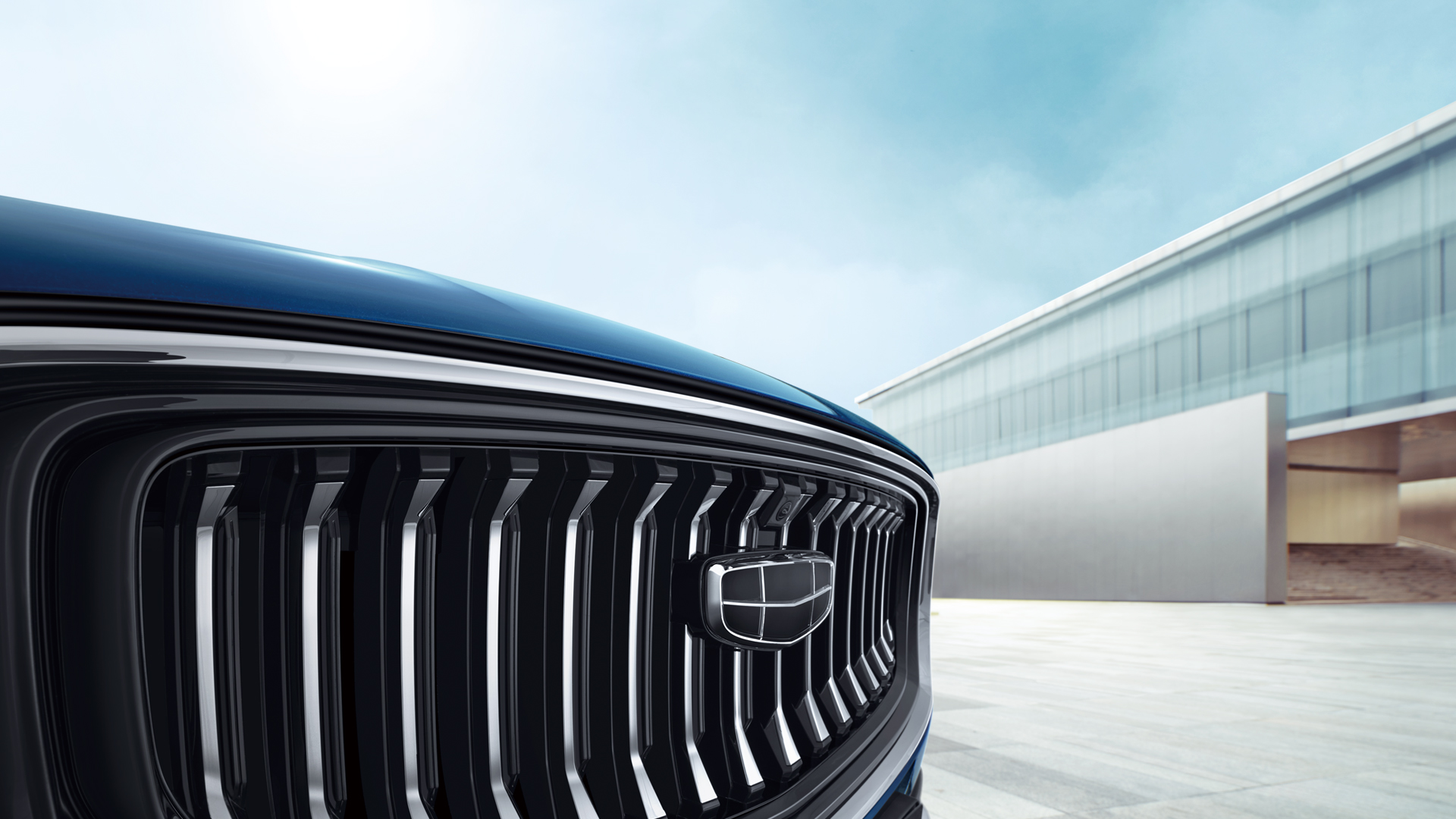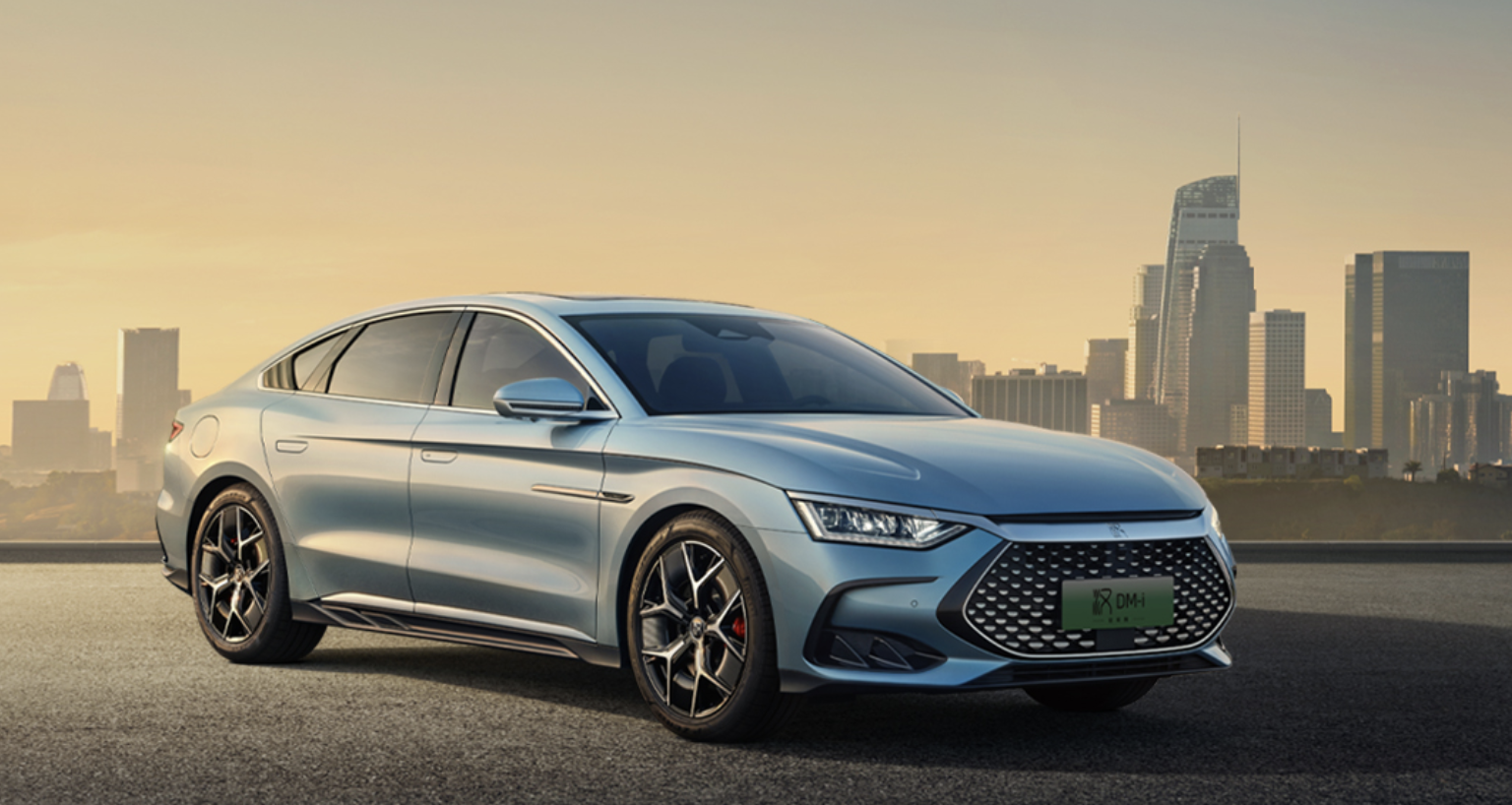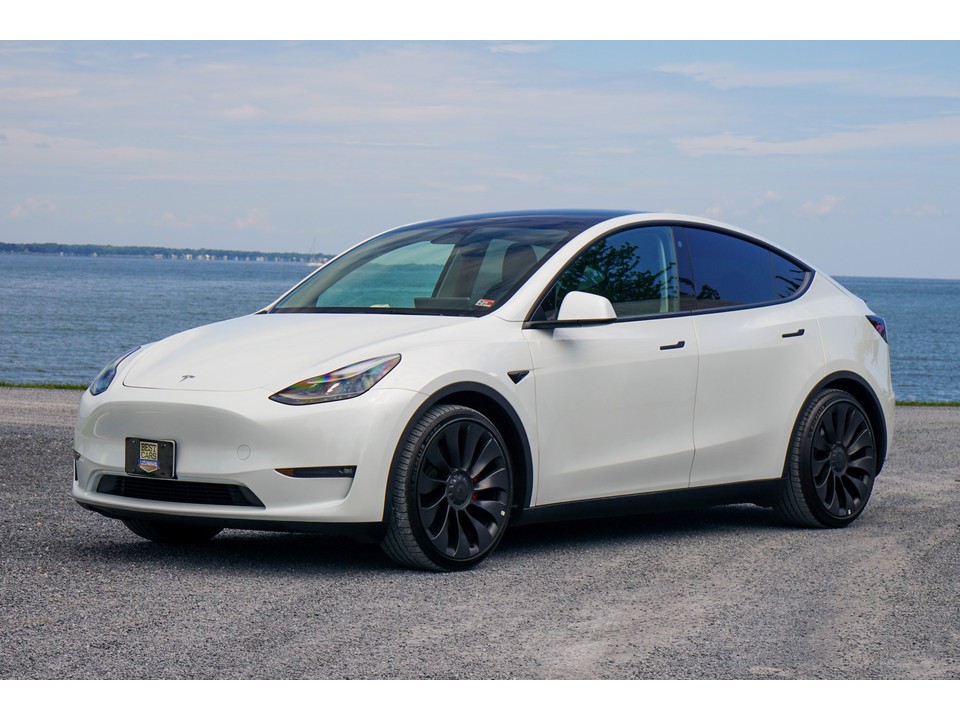Leaders in the energy vehicle market: Tesla vs. BYD
In the new energy vehicle market, Tesla and BYD have always been the two giants that receive the most attention. Recently, both companies announced their Q3 2023 financial reports, giving us a glimpse of their strength and prospects in this field.
Tesla produced a total of 430,500 new cars globally, a year-on-year increase of 18%. In contrast, Tesla delivered 435,000 new cars, a year-on-year increase of 27%, but a month-on-month decrease of 6.7%. Regarding the decline in these two key data, Tesla officially explained that due to the manufacturing needs of new models, the company has upgraded its production lines, resulting in a planned suspension of production in the past three months. Specifically, this adjustment is mainly concentrated in the Shanghai and Texas factories. The former is to upgrade the Model 3 production line, and the latter is to prepare for the production of the electric pickup Cybertruck.
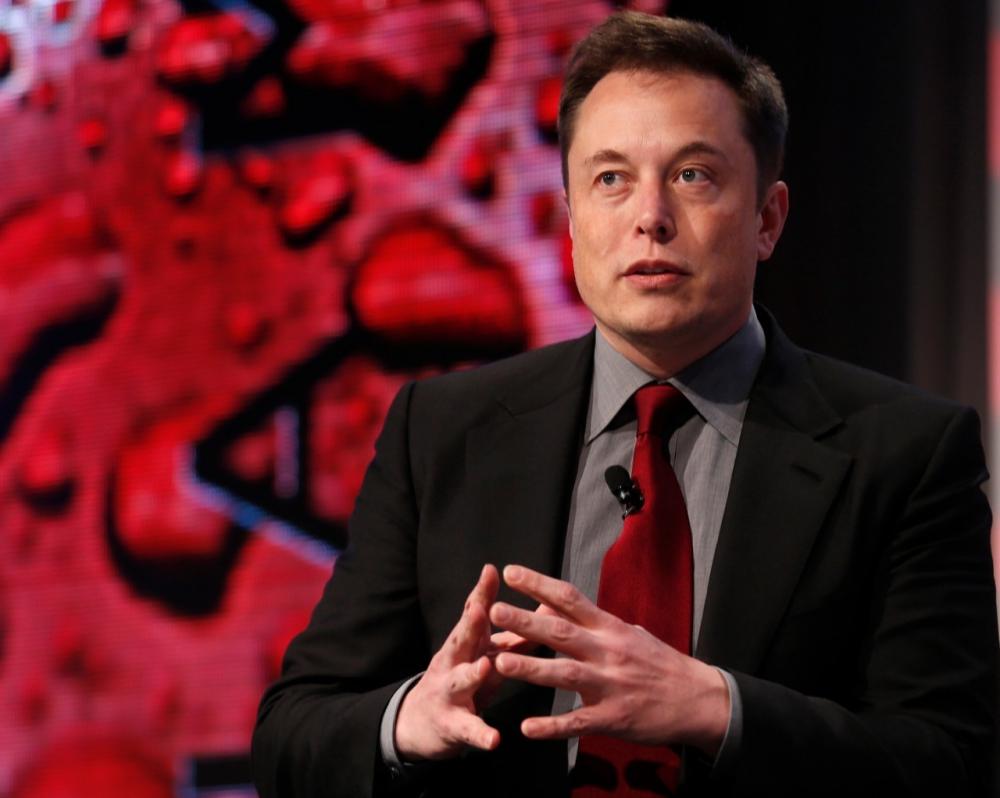
Although Tesla has declined in production and deliveries, its financial situation is not optimistic. Total revenue in Q3 was US$23.35 billion, a year-on-year increase of 9%, but a month-on-month decrease of 6%. What is even more concerning is that net profit under GAAP was US$1.853 billion, a year-on-year decrease of 44%. In addition, the overall gross profit margin and automobile gross profit margin reached 17.9% and 15.7% respectively, which were far lower than the 18.2% and 19.3% in Q2. Despite this, Tesla is still one of the most profitable new energy vehicle companies in the world.
At this time, BYD announced its Q3 financial report. The company sold a total of 824,000 new cars during this period, of which 431,600 pure electric passenger cars were sold, a month-on-month increase of 23%, accounting for 52.4% of total sales. This data is very close to Tesla. In addition, BYD achieved revenue of 162.15 billion yuan in Q3, a year-on-year increase of 38.5%; net profit attributable to the parent company reached 10.41 billion yuan, a year-on-year increase of 82.2%, with an average daily profit of approximately 113 million yuan. Converted at the current exchange rate, this data is very close to Tesla’s average daily earnings. It is worth noting that BYD's automobile gross profit margin reached 22.2%, compared with 20.7% and 21.6% in Q1 and Q2 this year. This means that BYD has surpassed Tesla in terms of efficiency in attracting money from bicycles.
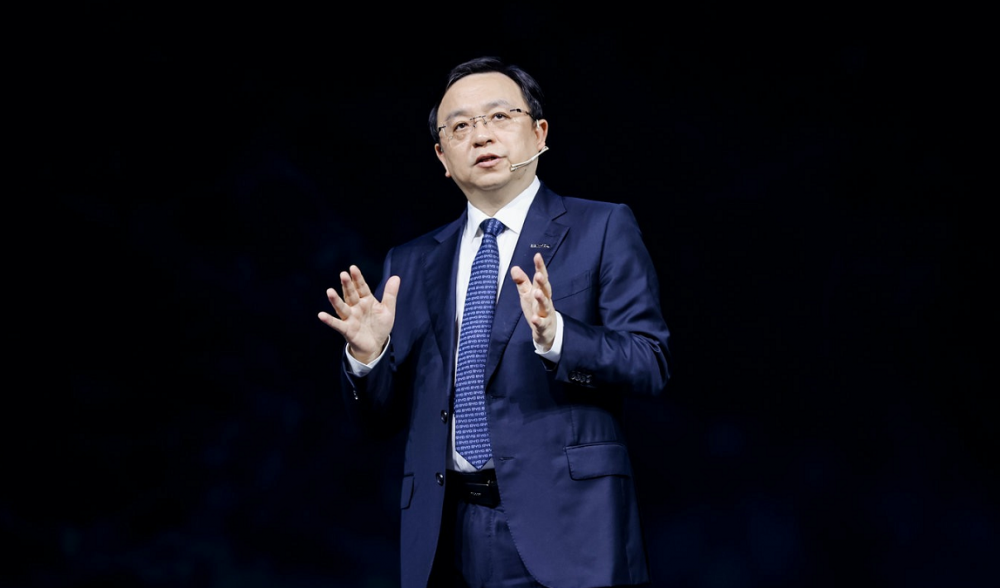
BYD was able to achieve this breakthrough thanks to its comprehensive strategic layout in the field of new energy vehicles. BYD relies on disruptive technologies such as blade batteries, DM-i super hybrid, and e-platform 3.0, and adheres to the strategy of walking on two legs of pure electric and plug-in hybrid vehicles, and is about to usher in an explosion of technology, products, and markets. At the same time, BYD continues to improve its brand power and scale advantages, as well as its strong industrial chain cost control capabilities, allowing it to maintain a good situation of sustained profitability despite intensifying industry competition.
However, BYD also faces challenges. With the intensification of market competition and the launch of new models, it has become an important issue for the company to continue to increase gross profit margins and increase the average price of bicycles. In this context, BYD needs to pay more attention to brand development and market expansion. For brands such as Denza, Fangfangbao, and Yangwang, they bear the important task of BYD's brand growth and need to continue to make efforts in technological innovation and market layout.
In general, although Tesla and BYD face different challenges and pressures in the new energy vehicle market, they have both demonstrated strong strength and potential. In the next few years, competition in the new energy vehicle market will become more intense. Tesla and BYD need to continue to innovate and expand the market to maintain their leading position and continue to make profits. At the same time, other car companies also need to actively respond to market competition and strengthen technological innovation and brand building to achieve sustainable development.

 Russian
Russian

